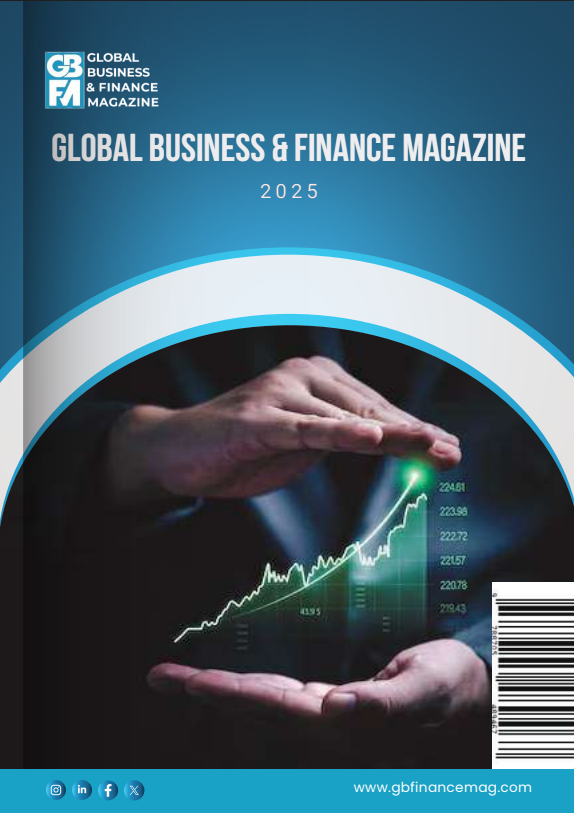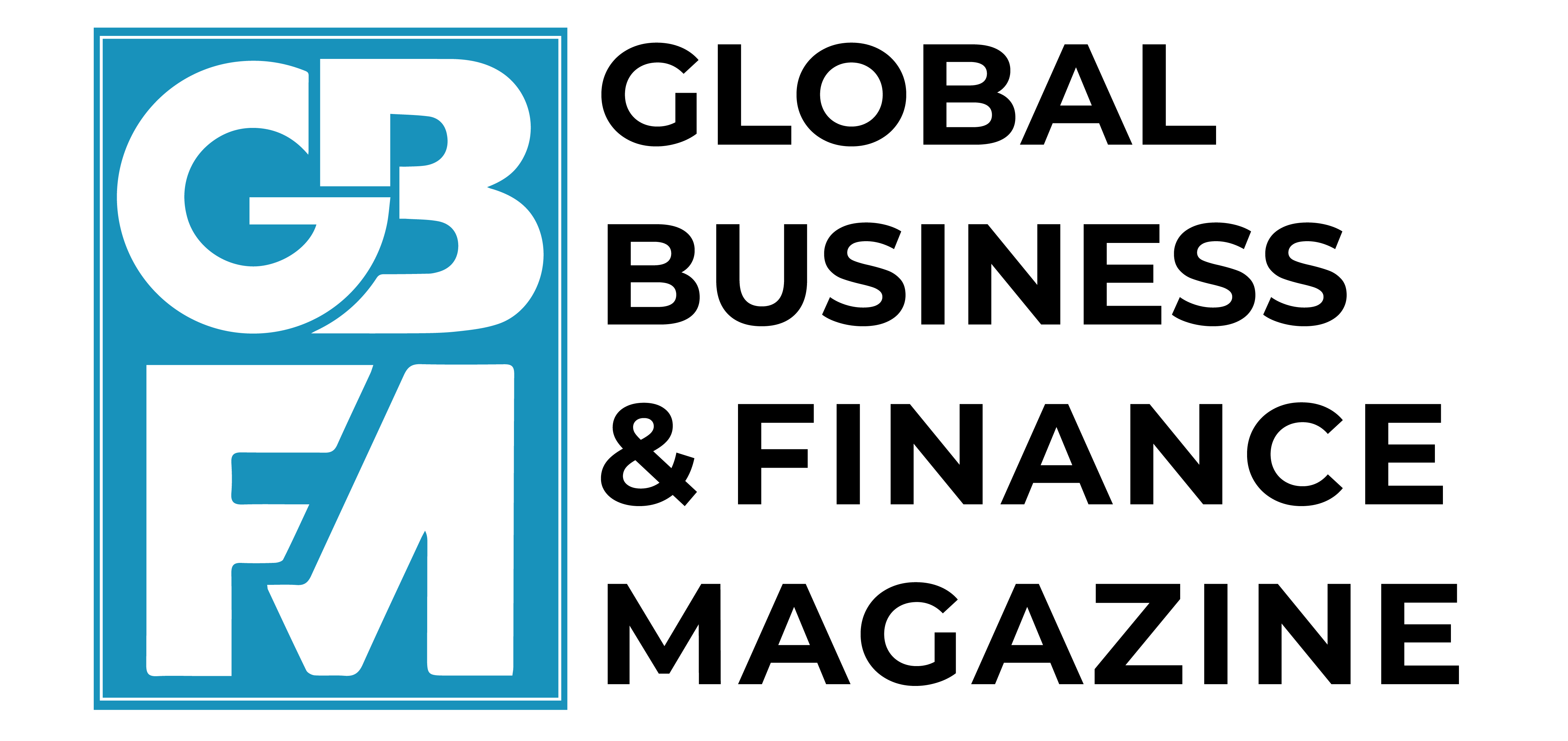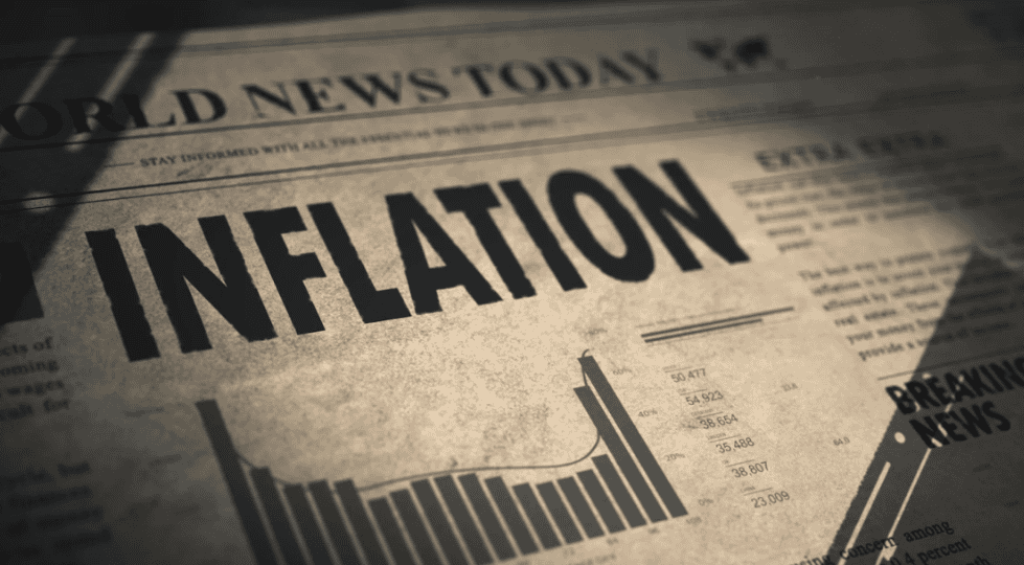Understanding differences in firm responses to macroeconomic shocks is key for designing policy actions. This column identifies 67 macro shocks using ‘jump’ days in the US stock market over 2020-2022. It measures firm exposures using individual stock returns and, crucially, discussions of business risk factors in corporate filings. These exposures are largely uncorrelated for different shocks (such as pandemic and inflation shocks) and, collectively, account for most of the rise in cross-firm dispersion in the 2020 recession. The findings challenge the conventional explanations for countercyclical dispersion in firm performance during recessions.
Firm-level outcomes become more dispersed during economic crises, as in the recent pandemic-driven recession (Barrero et al. 2020, 2021). Policy actions also have uneven effects across firms and sectors (Ramey and Shapiro 1998, Galindo-Rueda et al. 2020, Farhi et al. 2021). To assess whether particular policy actions soften or amplify the uneven effects of macro shocks, we must understand how and why firms differ in their responses. We show in Davis et al. (2025) that ex ante observable differences in business characteristics explain a large part of the increased dispersion in revenue growth, employment growth, investment rates, and earnings surprises that follow macro shocks.
Macro shocks and firm-level exposures
Our study considers various types of macro shocks that hit the US economy from 2020 to 2022. To identify shocks, we focus on ‘jump’ days when the US stock market rose or fell by more than 2.5%. By this criterion, the exceptionally volatile 2020-2022 period yields 67 daily stock market jumps. Following Baker et al. (2025), we categorise the jump dates based on the nature of jump-triggering news. This approach yields several types of macro shocks that include news about the pandemic, inflation news, monetary policy news, and fiscal policy news.
To quantify firm-level exposures to each category of macro shocks, we exploit two types of information: stock returns, and prior discussions of business risk factors in mandatory corporate filings. A firm’s average stock return across jumps with a common trigger offers an initial measure of its exposure to the associated news shock. We document wide cross-firm return variation on jump days, which suggests that markets expect the underlying macro shocks to generate highly dispersed firm-level outcomes.
Common observables like industry, firm size, and firm financial characteristics explain only a modest share of the dispersion in firm-level returns in reaction to macro shocks. This is because differences in firm-level shock exposures reflect granular, harder-to-measure business characteristics. To take one example, consider two firms in the computer equipment manufacturing sector: NetApp, which provides cloud services to various clients, and Scientific Games, which specialises in serving casinos. Their distinct customer bases created radically different COVID-19 exposures despite a common industry classification. Similarly, Domino’s Pizza and Ruth’s Hospitality Group both operate restaurants, but pizza delivery outlets and fine-dining establishments had vastly different exposures to the sudden shift to a stay-at-home world.
To account for the wide array of relevant business characteristics, we tap each firm’s Risk Factor disclosures, which form part of its annual 10-K filing. These documents are publicly available and provide a comprehensive written description of material business risks, as seen by the firm’s senior management. These discussions comment on their customer bases, supply chains, technology adoption, competitive concerns, operational risks, policy-related risks, and other aspects of the business enterprise. They are distinct from quarterly earnings calls, which tend to focus on the most salient current issues that impact earnings rather than the full range of business characteristics.
Adopting the multinomial inverse regression model of Taddy (2013), we estimate a statistical model that integrates abnormal returns, Risk Factors text, and conventional controls like industry, size, and leverage. The Risk Factors text greatly improves return prediction both in- and out-of-sample via interpretable variation in language. For example, on pandemic-driven downward jumps, firms discussing travel, leisure, property, and energy in their risk disclosures tend to experience negative returns, while those mentioning remote services, drug trials, and information technology see positive relative returns. Inflation-driven jumps produce different patterns related to language about property, debt, healthcare, and energy.
Our primary firm-specific exposure to a given type of macro shock emerges from our statistical model, which explains cross-sectional differences in abnormal returns as a function of the text about business characteristics in the Risk Factors discussions.
Real effects of shock exposure
We next regress a variety of firm-level outcomes on the firm-level exposure measures. To begin, we focus on exposures to pandemic and inflation news shocks given their salience in the period; the largest jump days are associated with these sorts of news shocks. Interestingly, exposures to these shocks are nearly uncorrelated in the cross-section, meaning they play out very differently at the firm level. In other words, macro shocks are not all alike.
Figure 1 shows the effect of a one standard-deviation increase in pandemic and inflation shock exposures, respectively, on quarterly revenue growth (also in standard deviation units). Pandemic-related news shocks have large and persistent effects on revenue growth heterogeneity for up to two years beyond 2020Q1. Independently, inflation news shocks have significant effects on revenue-growth heterogeneity that closely track the evolution of aggregate inflation expectations.
Figure 1 Revenue growth effects of increased pandemic (left-hand side) and inflation (right-hand side) exposure


Remarkably, we also show that variation in jump day abnormal returns that text cannot explain beyond standard controls has no effect on revenue growth. That is, our method isolates the fundamental variation in returns that helps predict future firm-level outcomes. One implication is that using raw returns as an exposure measure — which is common in the literature — substantially understates the heterogeneity of exposures and responses to macro shocks. Across other real outcomes — employment growth, investment rates, and earnings surprises — we again find significant predictive effects of our text-based shock exposures and no predictive content in the part of abnormal returns that is unexplained by text differences across firm-specific discussions of their Risk Factors.
Figure 2 Dispersion in firm-level revenue growth in data (black curve) and dispersion accounted for by macro exposures (coloured curves)


Finally, we return to the central question of quantifying the effect of macro shocks on the dispersion in real firm-level outcomes. The black curve in Figure 2 shows the standard deviation by quarter of revenue growth. As expected, this rises sharply at the onset of the pandemic recession and again, in milder form, during the burst of inflation in 2022. We then plot the standard deviation in the predicted revenue growth distribution from regressions that include pandemic, inflation, and all other exposures. Collectively, macro exposures account for most of the rise in cross-firm dispersion in the 2020 recession.
While Risk Factors in their current form don’t have long historical coverage, several findings suggest this mechanism operates beyond the pandemic period. Stock market jumps occur three times more frequently during recessions than expansions since 1900 and tend to be more extreme during downturns. The relationship between jump magnitude and firm-level return dispersion holds consistently since 2000, indicating that markets systematically expect heterogeneous firm responses to macro shocks.
Using jump-date returns as exposure measures over the 1995-2022 period, we find that macro shock exposures explain similar amounts of the increased dispersion in firm-level outcomes during other recessions. Importantly, firm exposures differ dramatically across recessions and the macro shocks that drive them. For example, companies highly exposed to the dot-com crash showed little correlation with exposures to financial crisis or pandemic shocks, reflecting each downturn’s distinct character.
Implications
These findings challenge conventional explanations for countercyclical dispersion in firm performance. Rather than attributing increased dispersion during recessions to higher uncertainty or greater sensitivity to idiosyncratic shocks, our evidence points to heterogeneous exposures to common macro shocks driven by observable business characteristics.
For monetary and fiscal policy, the results highlight the importance of understanding transmission heterogeneity. Different types of shocks create different effects across firms and sectors. A financial crisis, for example, affects firms differently than an inflation shock or a supply chain disruption or a trade policy shock. Because different shocks produce distinct patterns of response heterogeneity across firms, they may also require distinct and tailored policy actions if the aim is to moderate the uneven effects or facilitate adjustments to them.
Source : VOXeu





































































